The 2017 DVN (Driving Vision News) USA workshop was held north of Detroit in Rochester, MI from January 10-11 with a central theme of “Future Lighting Technologies and Standardization, Safety and regulatory Affairs”.

The 2-day event was a packed house listening to presentations by the world’s leading experts in their respective automotive lighting fields.
Driving Vision News is an international organization focusing on delivering OEM-level news, collaboration and education for the automotive lighting and driver assistance worldwide market. This 2-day conference featured speakers, panels, exhibitors and visitors from such prestigious companies as Lumileds, Nichia, Osram, JW Speaker, Audi, BMW, Chrysler, Ford, Sea Link, Hella, Morimoto, Varroc, Renault, and more!
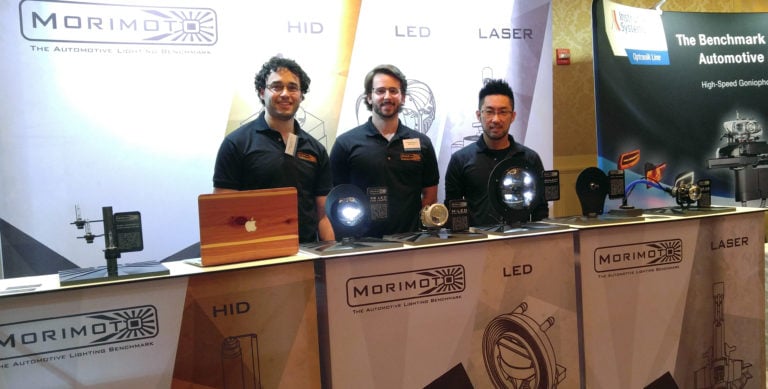
From left to right, Nate Brick, Matt Kossoff, Yoshi Ishida at the Morimoto exhibitor display booth at DVN USA 2017.
There has been a lot of buzz in the aftermarket headlight enthusiast community surrounding this new take on laser lighting technology presented by the team at Morimoto. Many enthusiasts are waiting to see it for sale on the www.MorimotoHID.com home page to snatch up what they see as the next evolution in their own personal automotive project. Unfortunately, that’s not necessarily ever going to happen… Morimoto explains that the reason for developing a D2S style replacement “bulb” based on laser technology was to prove the concept. They are showcasing this disruptive technology at DVN to highlight their ability to think outside the box and begin making a name for themselves as a Tier 1 supplier. Morimoto went to DVN with hopes to partner up with another group who could make use of the technology in OE Applications, and indeed there was serious interest from a number of big players who were also in attendance. They go on to explain what makes the Morimoto laser “bulb” different than other laser headlights on the road today.
“We came up with the laser concept originally because the automotive lighting world right now is so focused on new technologies and ways to apply them. From the manufacturer’s side when BMW is selling a new car they spend a lot of time telling you that they have laser-based headlights. But the fact is that the laser headlights that are being utilized in those cars right now behind the scenes more or less they work the same way as all of the LED headlights. The laser shines onto a phosphorous plate that then reflects in one direction onto a mirror and then onto the road… ” -Matt Kossoff, Owner/President at Morimoto.
The black box on the left is a fan housing, it has an air inlet (open) and an air outlet (blue tube) that pushes air over the heat sink of the laser. This was designed on purpose to allow for greater design/integration flexibillity becasue the components that make the actual light source can be small, and the power and cooling components can be as large as they need to be, but remote mounted, similar to a high performance brake duct system on a race car.
Here you can see the back side of the prototype laser bulb and it’s obvious how small it is. Larger than a D2S HID bulb, but smaller than a D1S HID bulb. The round cover keeps the air from the cooling pump circulating over the enclosed heat sink fins.
This display shows a prototype Morimoto D2S-style laser bulb replacement. This design was created as a proof of concept and never intended to be a finished product. The yellow part near the tip of the bulb is a phosphor tube that converts the laser into a light distribution similar to the effect of an HID bulb or incandescent filament bulb but with significantly greater power potential and higher efficiency.
The black box on the left is a fan housing, it has an air inlet (open) and an air outlet (blue tube) that pushes air over the heat sink of the laser. This was designed on purpose to allow for greater design/integration flexibillity becasue the components that make the actual light source can be small, and the power and cooling components can be as large as they need to be, but remote mounted, similar to a high performance brake duct system on a race car.
This D2S style projector housing display was set up to showcase the potential of the Morimoto laser bulb prototype. “Traditional” laser based headlights in production today only use laser tech for a pencil-beam style high beam. This Morimoto Point-Based-Laser-Lighting technology is suitable for both low beam and high beam – a truly new take on laser forward lighting technology.
This D2S style projector housing display was set up to showcase the potential of the Morimoto laser bulb prototype. “Traditional” laser based headlights in production today only use laser tech for a pencil-beam style high beam. This Morimoto Point-Based-Laser-Lighting technology is suitable for both low beam and high beam – a truly new take on laser forward lighting technology.
This D2S style projector housing display was set up to showcase the potential of the Morimoto laser bulb prototype. “Traditional” laser based headlights in production today only use laser tech for a pencil-beam style high beam. This Morimoto Point-Based-Laser-Lighting technology is suitable for both low beam and high beam – a truly new take on laser forward lighting technology.
Here you can see the slim laser headlight bulb installed inside of a typical d2S style projector headlight demonstrating the capabilities of the new Morimoto laser point based light technology. Not only is it suitable for a low beam and high beam application, but OEM’s can increase power output inside the same footprint simply by adding more lasers behind the phosphor tube.
This technology truly does set Morimoto apart from what is now considered a traditional laser headlight because fundamentally it is a different system than what else is being used. The Morimoto laser prototype is being described as a “point lighting system” meaning the laser shines into the bulb from the back and excites a specially manufactured tube lined with phosphor, which then creates the light source in all different directions, similar to a traditional light bulb. The difference here is that with an appropriately designed laser system you can create more light with far less energy. The amount of light required for the OEM production is scalable to any power level inside the same “bulb” footprint. This modular, scalable design is unlike anything else on the market today.
Here you can see an early prototype of the laser light source and how it would shine down the bulb into the phosphor tube for light distribution.
Here is an early proof of concept prototype laser bulb mounted inside a typical HID projector proving that it is more than adequate.
The Morimoto laser bulb technology creates a unique “Point Light System” that is different and arguably more useful than any other laser based headlight available today.
“This layout works for the entire beam, not just high beam like all the others. This layout allows the laser to come in as a straight beam to eventually end up as something that’s radiated in a full 360-degree light source point, we call this point lighting where everyone else is using reflectors to control the beam in a pencil beam pattern.” – Nate Brick, Morimoto
This laser bulb technology is designed as a way to showcase it’s potential but the true intended purpose of this development and display is to encourage it’s way into the hands of a world class manufacturer to be used in large-scale vehicle production. The laser “bulbs” would be utilized in a similar way that LED modules are currently used in headlights but with potential for higher efficacy and greater potential for small-package light output scalability.
Disclaimer:
Street legal in the USA for Fog Light use. Not compliant with DOT / FMVSS108 and not street legal in the USA for Headlights. Certain specialty vehicles strictly limited to off-street use and not having DOT registration or license plates may use these products exclusively off-streets. International street legality varies by country. Note: This usage regulation is not unique to any specific bulbs, ALL LED and HID bulbs from all other brands, regardless of marketing claims, are prohibited from street use in halogen headlights in the USA.

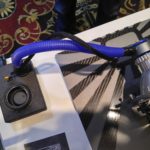


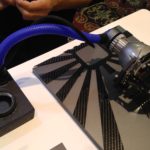
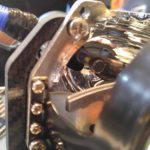
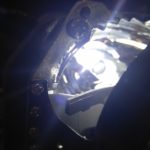
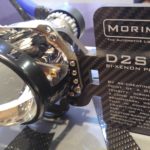
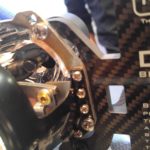
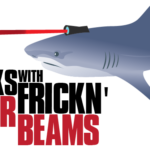


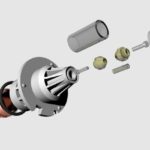


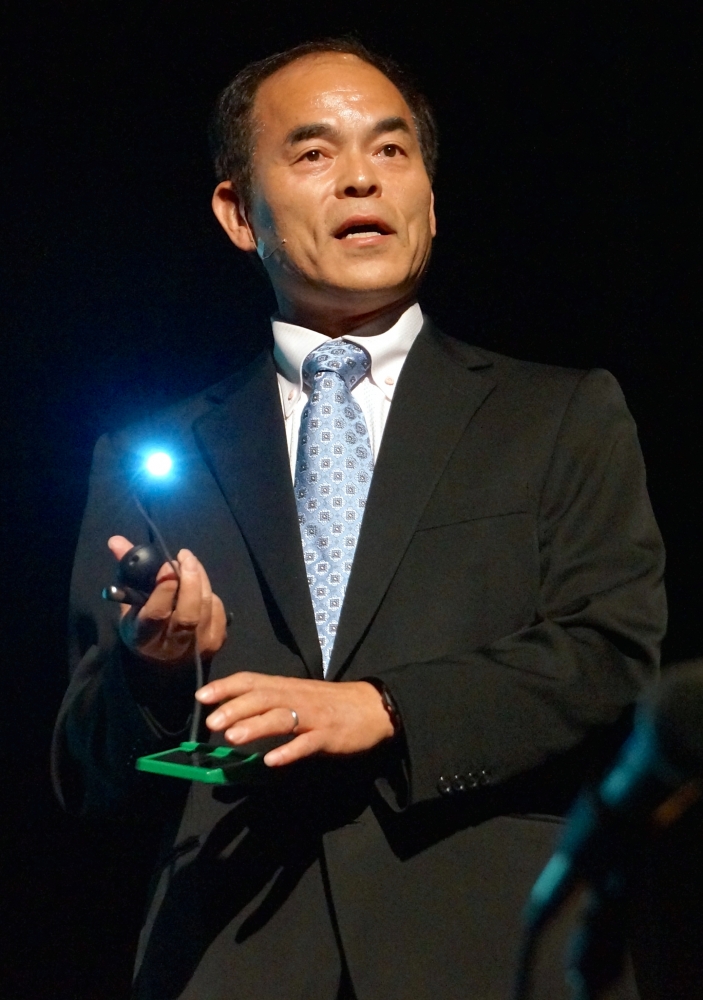

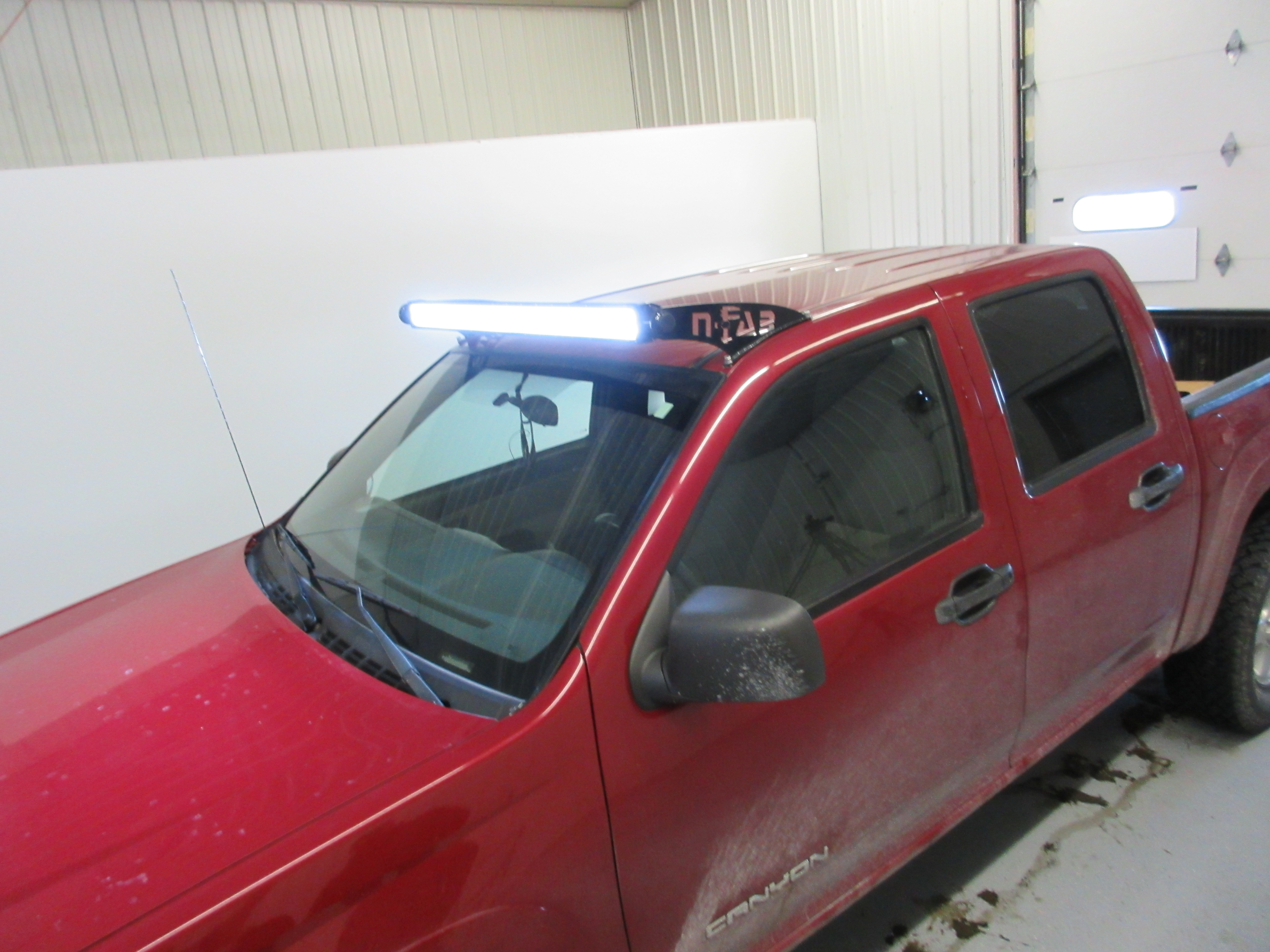
.png?width=300&height=87&name=logo%20(1).png)